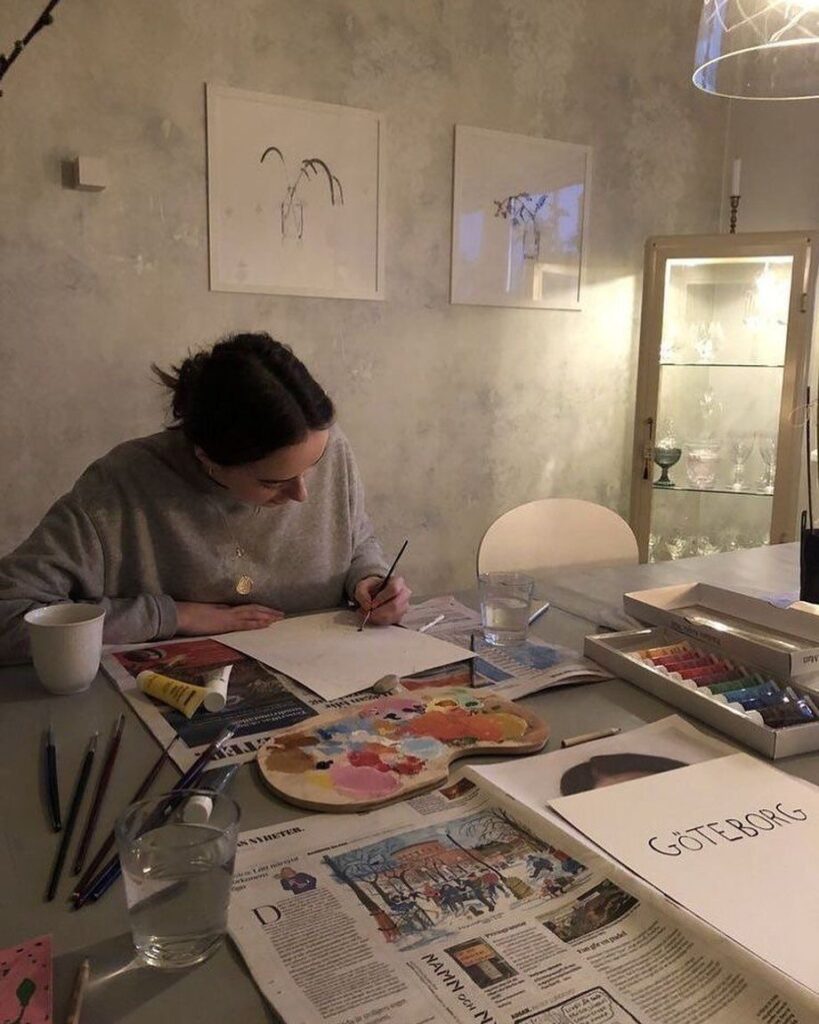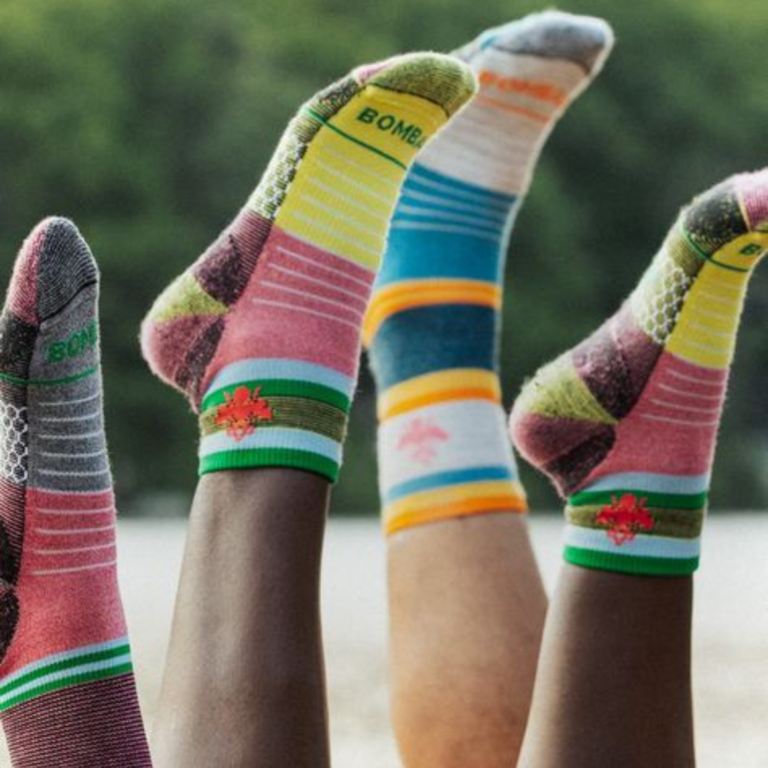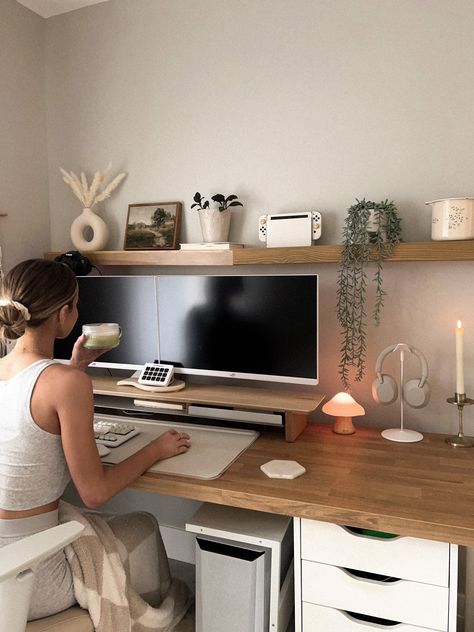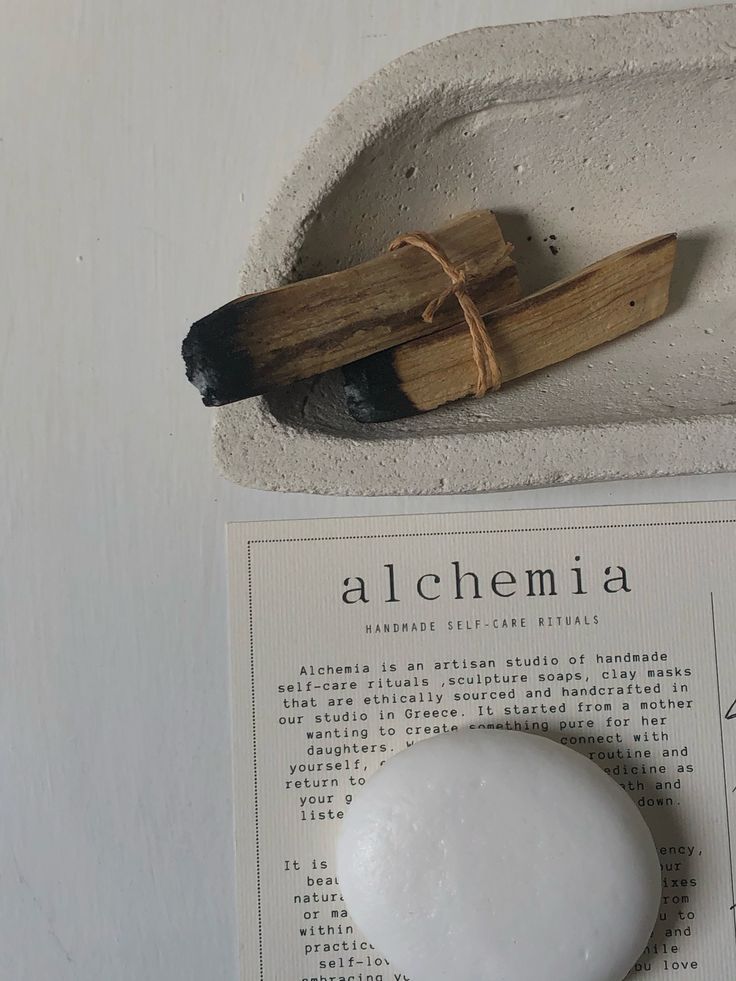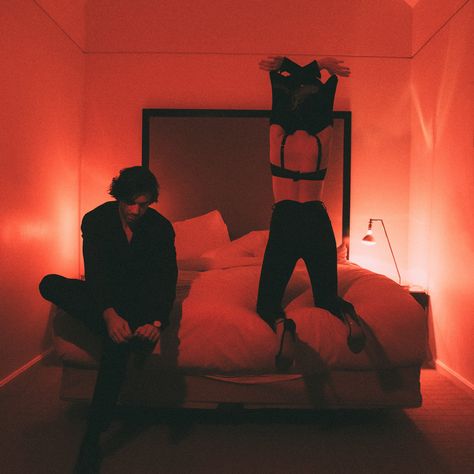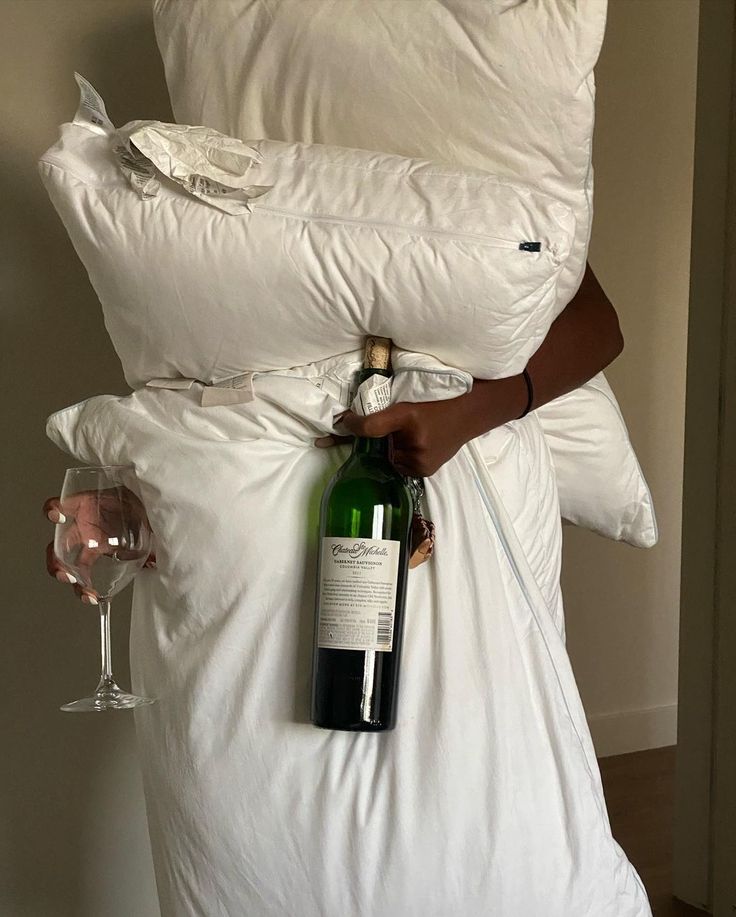Exploring Different Art Therapy Techniques
BY:UNLIMITEDCHOICESCLUB
In today’s fast-paced world, finding avenues to express ourselves creatively is crucial for overall well-being. Art therapy, a practice that combines psychology and creativity, can be an excellent tool for unleashing your creative potential while promoting whole-body wellness. This blog post will delve into various art therapy techniques that can help you explore and nurture your artistic abilities
1. Painting and Drawing:
Painting and drawing are among the most popular and accessible art therapy techniques. These techniques allow individuals to externalize their emotions, thoughts, and experiences onto paper or canvas. Engaging in painting or drawing exercises can foster self-expression, facilitate emotional release, and improve focus and concentration. Whether you are a beginner or an experienced artist, experimenting with different mediums and techniques can greatly enhance your creative journey.
2. Collage and Mixed Media:
Collage and mixed media techniques encourage individuals to combine different materials and visuals to create unique and visually stimulating artworks. This method allows for playful exploration and self-discovery by incorporating elements such as photographs, magazine clippings, textures, and various objects. Collage and mixed media techniques provide a versatile approach to self-expression, offering endless possibilities to explore and communicate your inner emotion
3. Sculpting and Pottery:
Working with clay and sculpting materials engages both the mind and body, offering a tactile and therapeutic experience. Sculpting allows individuals to explore three-dimensional art forms and discover new ways of expressing themselves. This art therapy technique promotes relaxation, enhances mindfulness, and encourages focus and concentration. Whether it’s creating sculptures, pottery, or even simple hand-building techniques, allowing your hands to mold and shape the material can be a profoundly transformative experience.
4. Mandala Creation:
Mandalas, the ancient circular art forms, have gained popularity in recent years for their meditative qualities. Creating mandalas, whether through drawing or coloring, can bring a sense of calmness and harmony to the mind. The repetitive patterns and intricate designs involved in mandala art promote focus, reduce anxiety, and allow for self-reflection. Engaging in this art therapy technique can help individuals tap into their intuitive and creative abilities while achieving a state of deep relaxation and mindfulness.
5. Digital Art and Photography:
technology has extended the realm of art therapy to include digital mediums. Utilizing digital art tools, such as graphic design software or photography, offers a new avenue for creative exploration. Digital art allows for experimentation, manipulation of visuals, and the ability to share creations instantly with a larger audience. Photography, on the other hand, serves as a powerful tool for capturing emotions, moments, and perspectives. Exploring these digital art forms encourages individuals to expand their artistic horizons, learn new techniques, and find innovative ways to express their creativity.
Art therapy is a dynamic and powerful tool that can unlock your creative potential while promoting whole-body wellness. Through techniques like painting, drawing, collage, sculpture, mandala creation, and digital art, you can embark on a transformative journey of self-discovery and self-expression.
By exploring these different art therapy techniques, you will nurture your artistic abilities, improve mental well-being, and develop a deeper connection with yourself. Remember, the journey is yours to unfold, so embrace the unlimited choices art therapy offers you to thrive, not just survive.
hi, I’m Jennifer
I’d love to know; where are you from? There are so many new faces, and it’s always fun to see where everyone is located! Most of you probably know, but I live in New York and have been calling this beautiful place home for 15 years now.
Near or far, comment below and let me know where you’re from!
